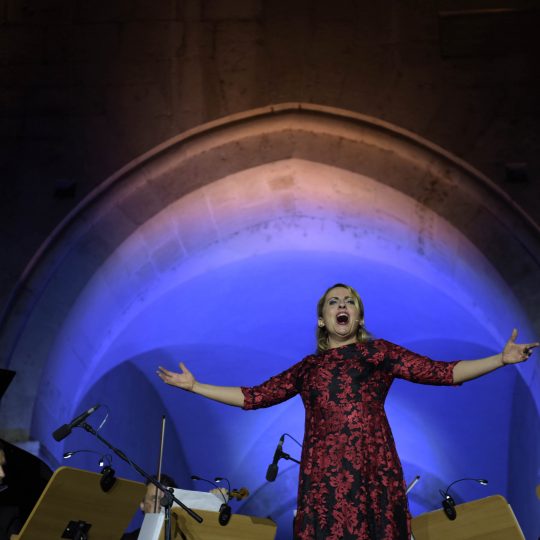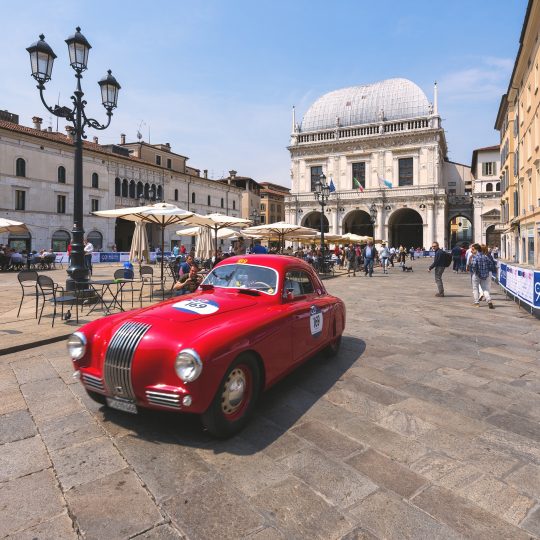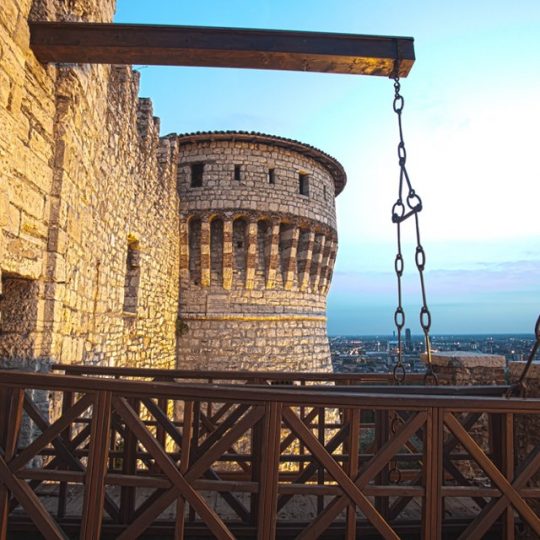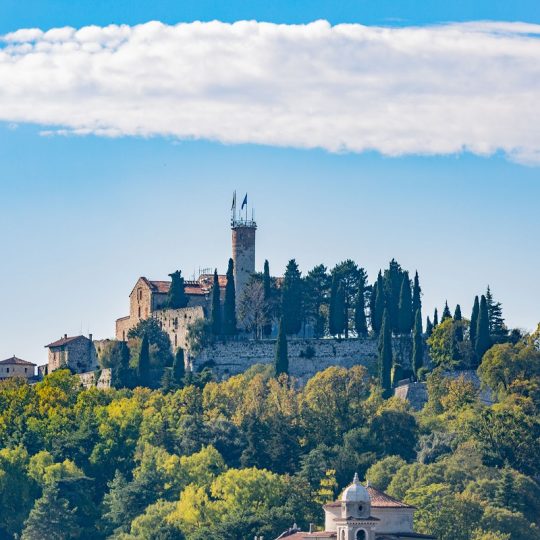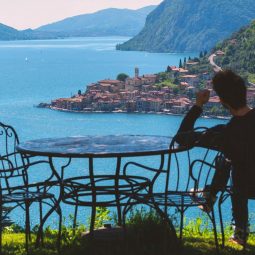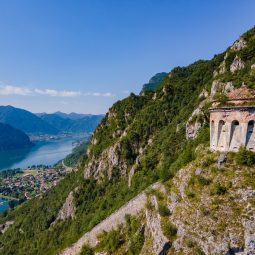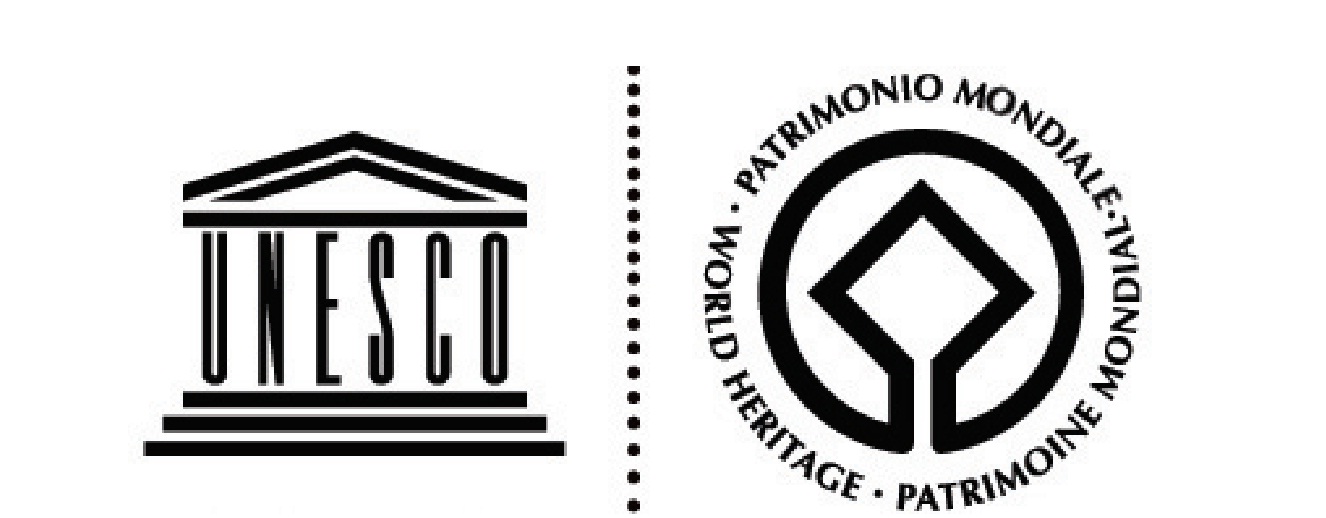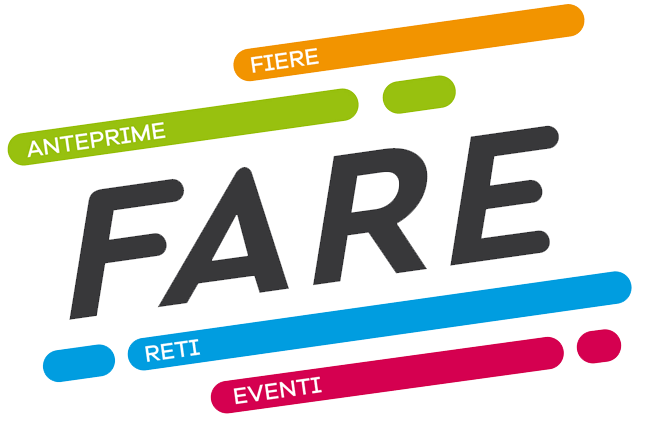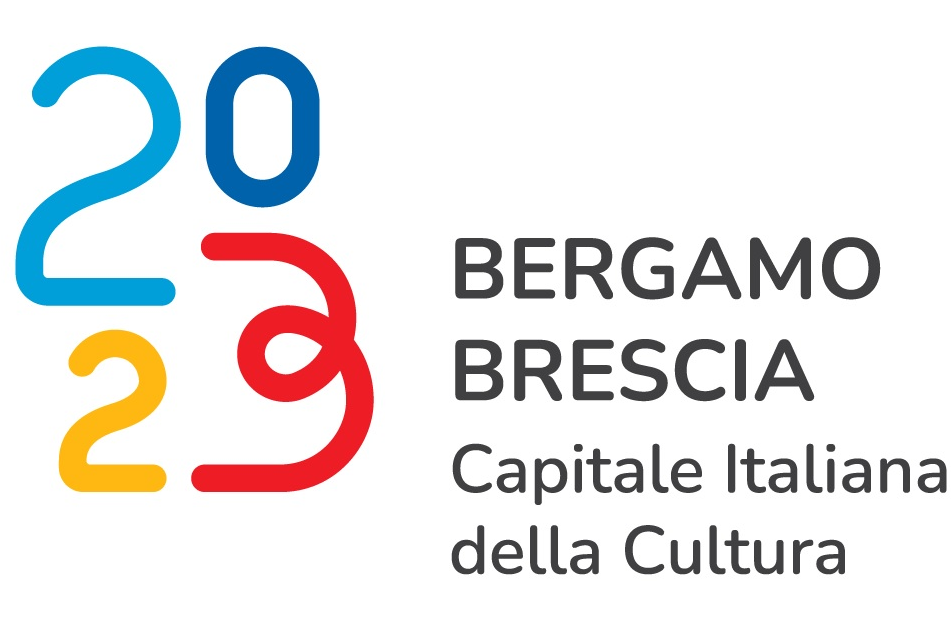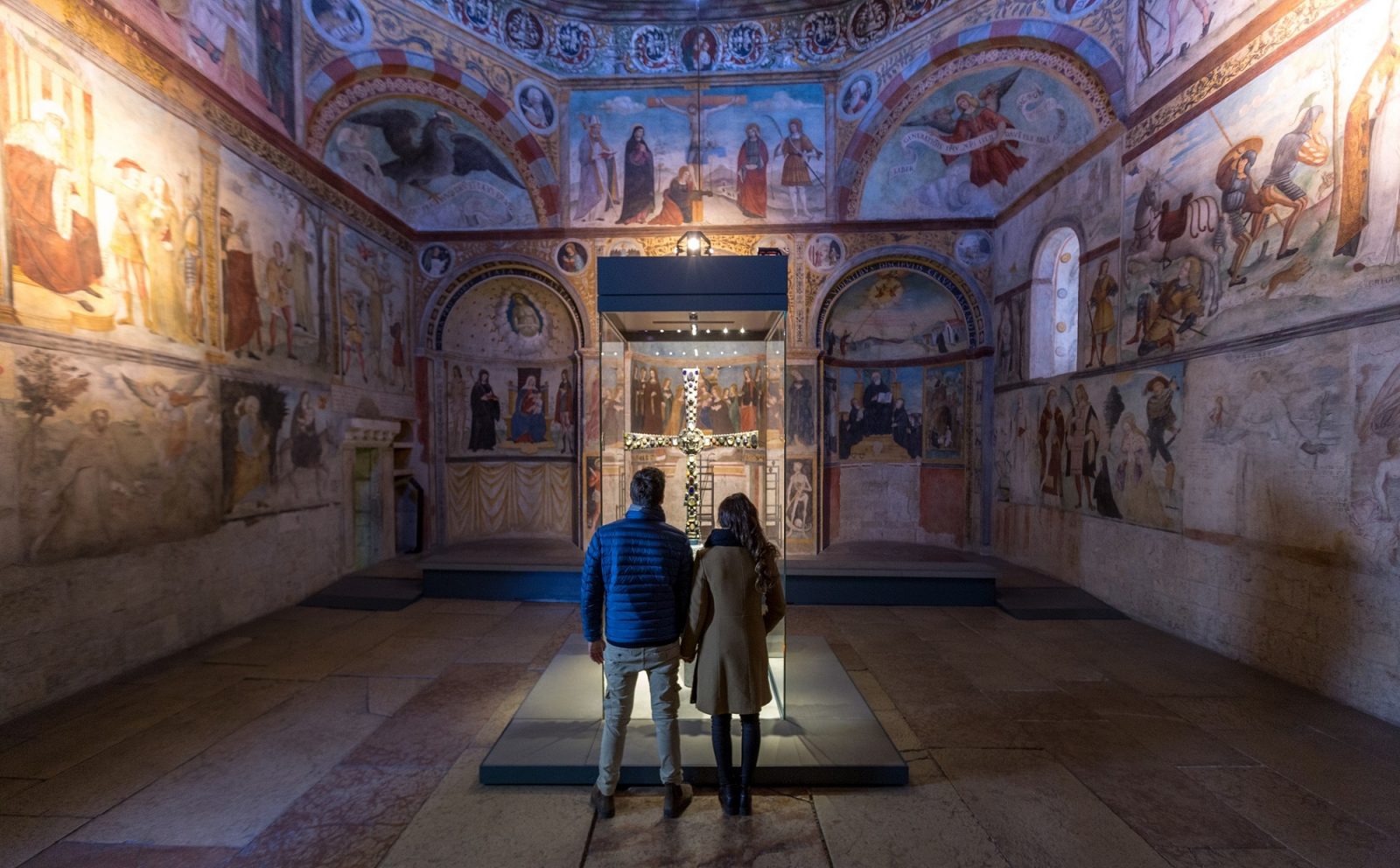

Brescia is a Unesco World Heritage site
On 25th June 2011, UNESCO added Brescia to the World Heritage List with the site Longobards in Italy. Places of Power (568-774 A.D.).
For Italy, this is the 46th site included in the prestigious list, confirming the prominent place that our country has in the World Heritage category.
This recognition includes two of Brescia’s most important historic sites, which are also some of the most significant and well-preserved Lombard sites in Italy. There are seven monumental complexes in Italy that UNESCO has selected to highlight the importance of Lombard populations in the development of Middle-Age artistic and spiritual expressions:
- The monumental area of San Salvatore – Santa Giulia monastery and Capitolium Temple archaeological area in Brescia
- Gastaldaga with the small Lombard temple and the Episcopal complex in Cividale del Friuli (Udine)
- Castrum with Torba Tower and the church of Santa Maria foris portasa in Castelseprio Torba (Varese)
- San Salvatore basilica in Spoleto (Perugia)
- Clitunnio temple in Campello sul Clitunno (Perugia)
- Santa Sofia complex in Benevento
- San Michele Shrine in Monte Sant’Angelo (Foggia)
The monumental complex of San Salvatore – Santa Giulia
Founded in 753 A.D. by Desiderius, Duke of Brescia and future King of the Longobards, San Salvatore – Santa Giulia monumental complex is a former Benedictine nunnery. Over the years, it became the European point of reference for the education of noble Longobard and Carolingian girls. This prestige lasted for centuries and is still visible in some of the portions of the monastery.
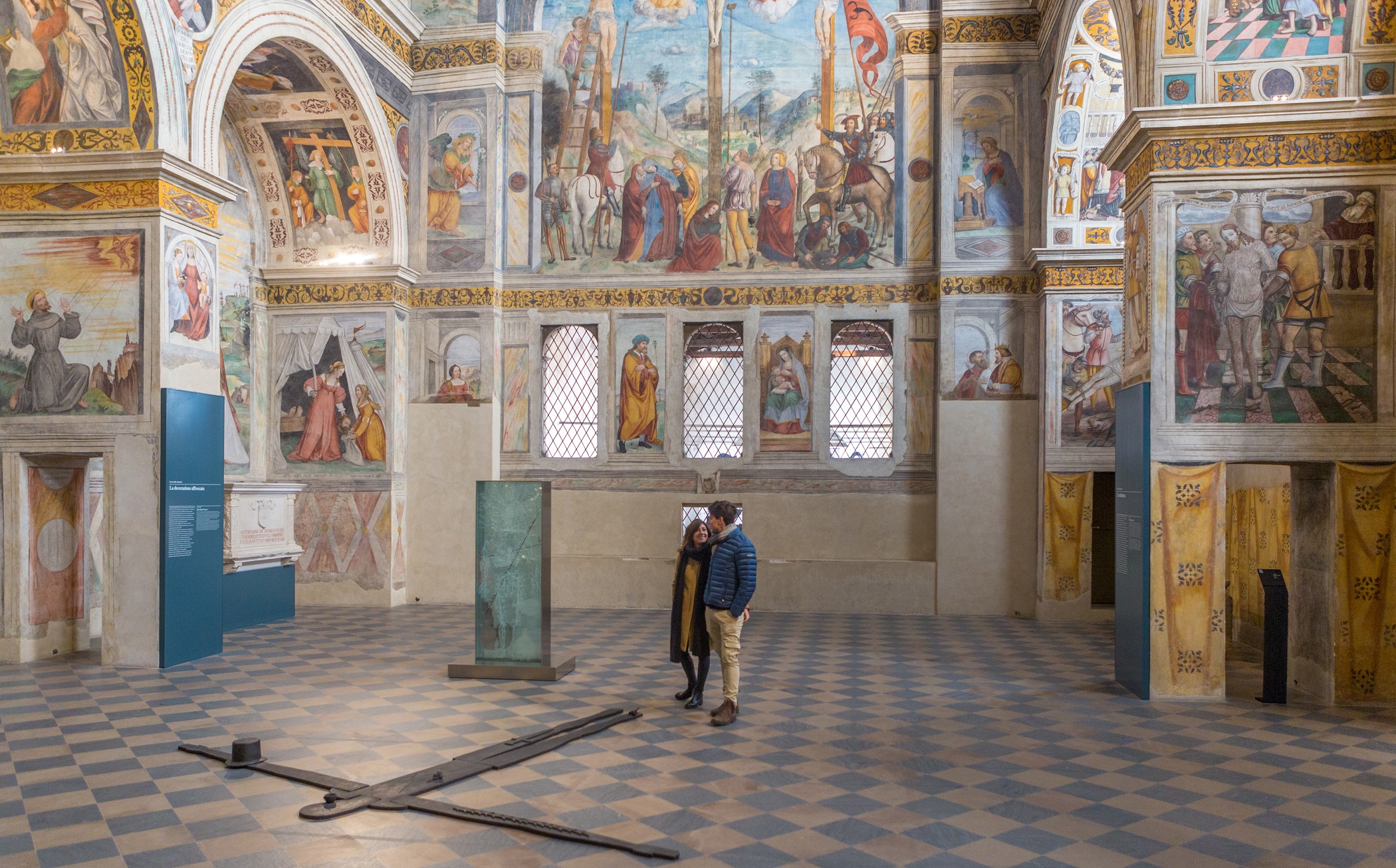
The church of San Salvatore represents one of the most important examples of late medieval religious architecture. It is divided into three naves defined by columns and capitols where Longobard, Classic, and Bizantine decorations coexist. This combination creates an equilibrium of styles in the space. The crypt, the most sacred devotional site in the monastery, used to host the relics of St. Giulia and today is one of the most evocative spaces in the complex.
The façade of San Salvatore was demolished in 1466 to build another valuable building: Coro delle Monache (Nuns’ Choir), a large space where the nuns attended the religious functions, covered by a cupola with elaborate frescoes.
Finally, the church of Santa Maria in Solario is another stunning building. Old treasury of the nunnery, today a masterpiece of Lombard jewellery is displayed here: Desiderius Cross. It’s an imposing wooden cross covered by a metal sheet and encrusted with cameos, gems, and stones from different periods of time, from the Romans to the 17th century. It is kept in the upper room of the church, which boasts a splendid cupola painted in blue with golden stars.
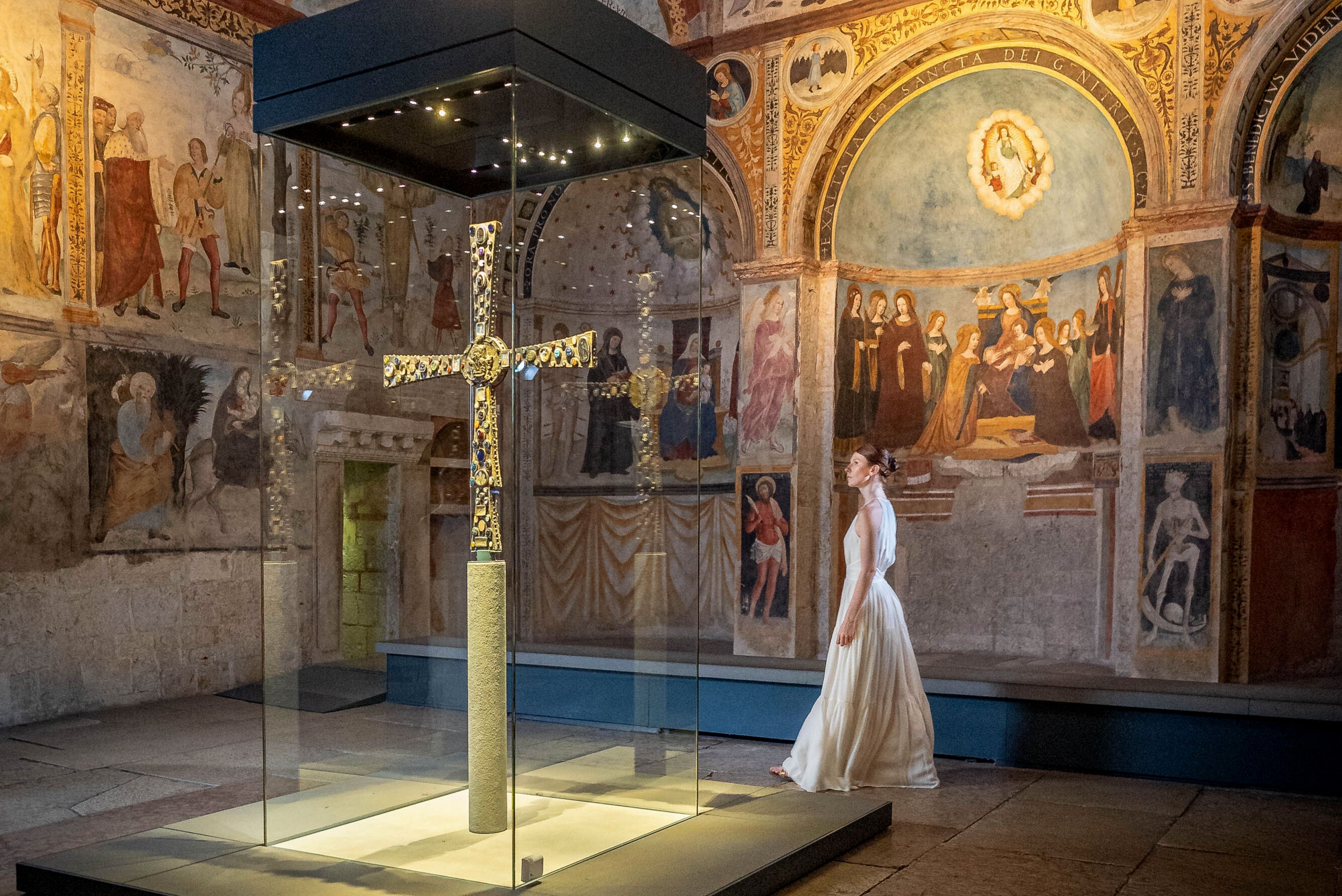
Today, the complex hosts Santa Giulia Museum, the custodan of Brescia’s long history, narrated through sculptures, arms, and religious objects.
Inside the museum, significant space is given to the Roman house (Domus), with an archaeological area where remains of two dwellings are on display. They were found under what since the Middle Ages had been the orchard and vegetable garden (orto) of the monastery, which is why the space is called “Domus dell’Ortaglia”.
Capitolium archaeological area
When the Faculty of Sciences, Literature, and Arts promoted the excavations that brought to light the entire monumental complex, the only visible architectural element was a white marble Corinthian column that stemmed from of the ground. In 1823, all the other buildings were finally unveiled that used to overlook the Forum, which was the political, commercial, and religious heart of Roman Brescia (called Brixia).
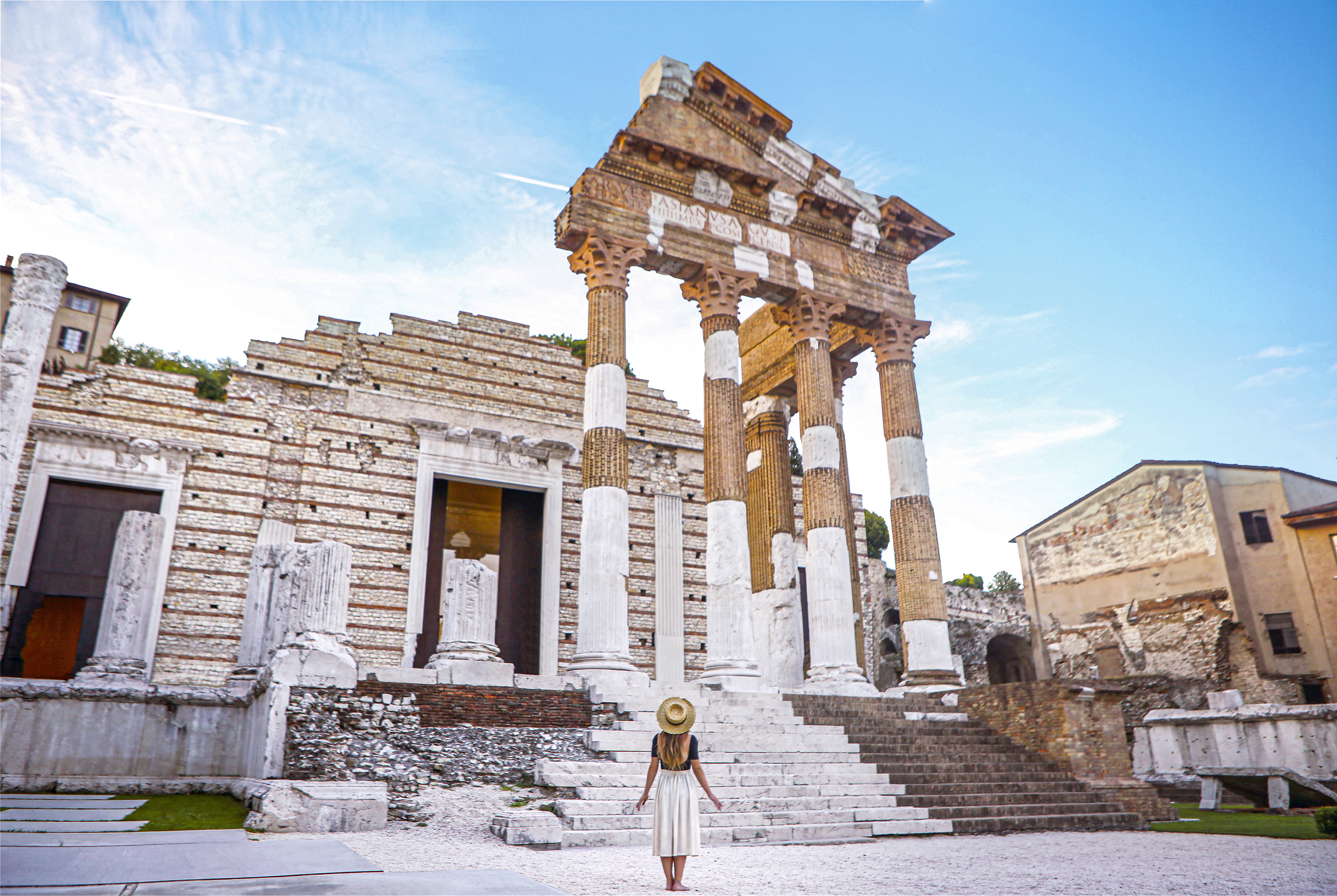
The Capitolium Temple was built in 73 A.D. under Vespasianus, whose name appears on the fronton of the temple. Between the 4th and the 5th centuries, the temple was almost completely destroyed by a fire and was rediscovered only in 1823. Further excavations in 1826 enabled the discovery of a storage area where sculptures and bronze jewels where hidden, in a space between Cidneo hill and the Temple itself.
Among the other objects, the Winged Victory stood out. This bronze sculpture is on display inside the temple after being part of the Santa Giulia Museum collection for years. It has become the symbol of the city of Brescia.
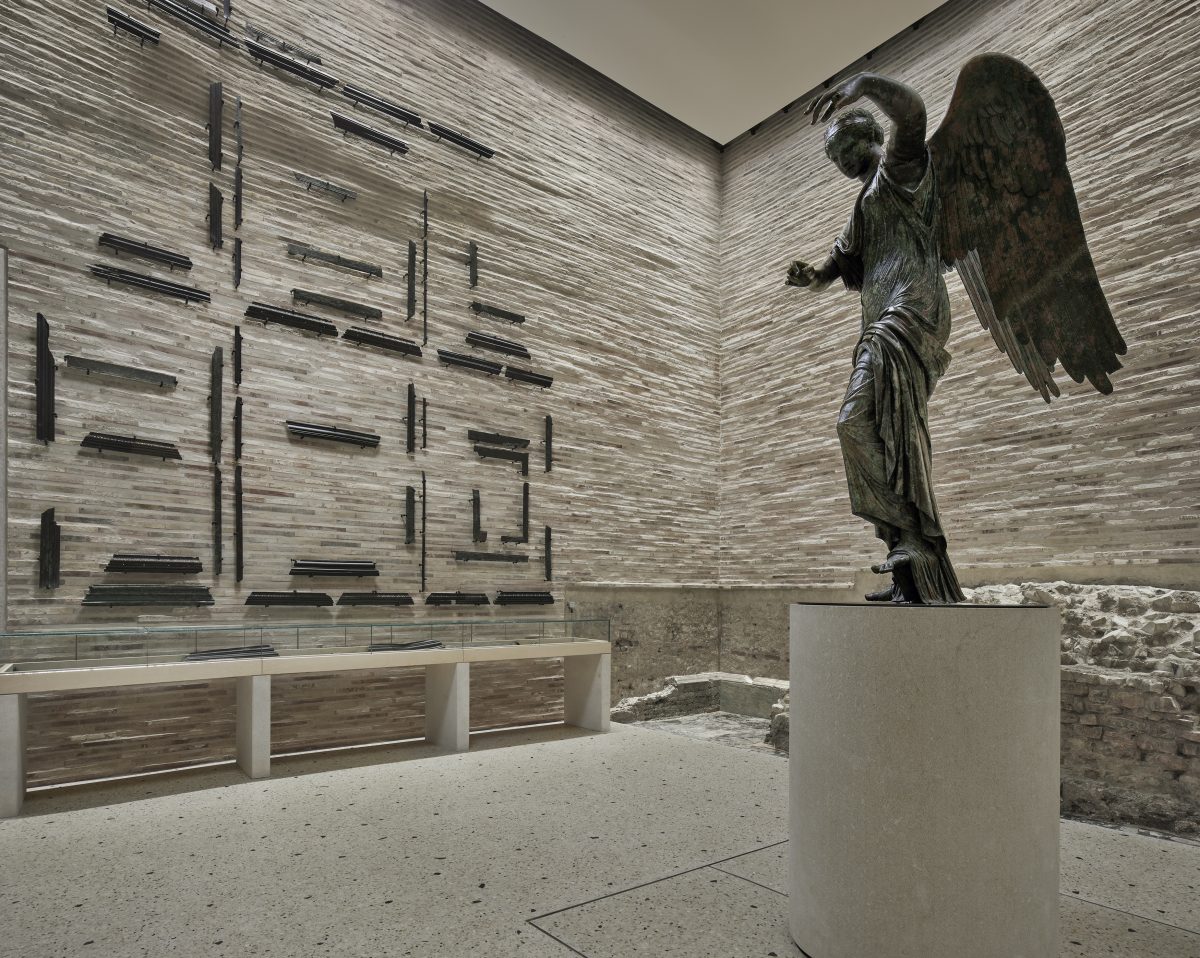
Today, the temple has multiple coloured portions but this is due to a 1939 restoration. The white marble parts are original while the terracotta portions are recent additions. Under the Capitolium there is an older temple, maybe built around 89 B.C., known as Republican Sanctuary. Inside, you can admire perfectly preserved painted walls, whose lively, bright colours have stood the test of time.
Another building which overlooks the square is the Theatre, built around the 1st century A.D. following Cidneo hill’s natural slope. Finally, remains of the Roman basilica are visible on the other side of the Foro square. It was the old courthouse and commercial space.
Today the Archaeological Park of Roman Brescia represents the largest and best preserved Roman archaeological area in northern Italy and is proof of the importance that Brescia had achieved during the Roman domination.
The UNESCO site Longobards in Italy: Places of Power (568-774 A.D.) is further confirmation of the historic and cultural relevance of Brescia, its numerous attractions, and its identifying characteristics which make visiting this city a unique experience. You have to come at least once in your life!
